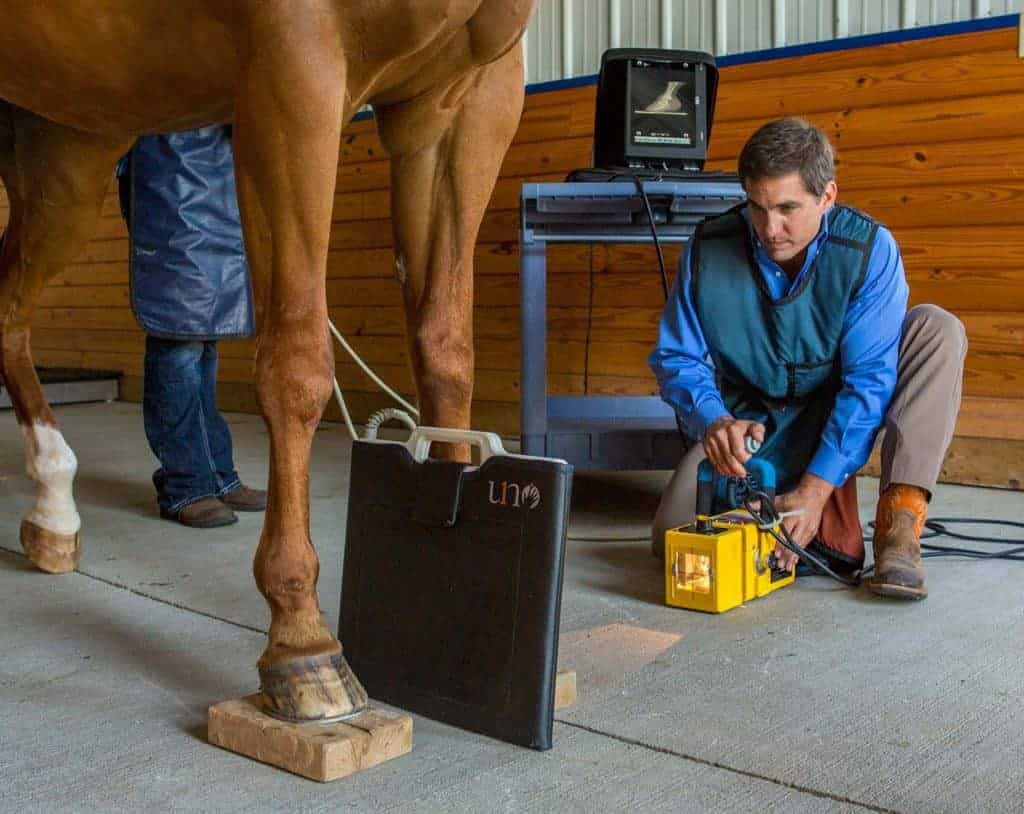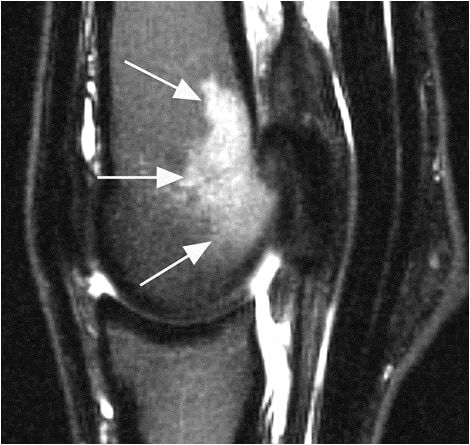
Tick-Borne Disease: Tremendously Tricky in Horses
Learn the latest on diseases horses can get from ticks and why they continue to frustrate veterinarians and researchers.

Learn the latest on diseases horses can get from ticks and why they continue to frustrate veterinarians and researchers.

Sonoelastography can help vets monitor healing and develop rehab programs best-suited for the horse’s recovery rate.

A custom-designed equine CT table and a commercial Big Bore scanner make it possible to image neck lesions in horses.

Researchers found that many radiographic abnormalities resolve by the time weanlings return to the auction as yearlings.

Vets can use MRI to help diagnose injuries, select treatments, monitor healing progress, and determine prognosis.

Many of the abnormalities researchers evaluated in weanling X rays improve by the time the horse was a yearling.

PET scans revealed lesions in bony and soft tissue, some of which weren’t visible on other imaging modalities.

Early diagnosis could allow vets to implement management strategies, such as restricted exercise, that promote healing.

Ultrasonography allowed researchers to detect subclinical lesions in young foals and implement treatment promptly.

Vets use MRI to identify issues and prescribe targeted treatment to give the horse the best chance at returning to work.

Thermography is a noninvasive, safe, and cost-effective diagnostic imaging tool used in equine health care.

One researcher describes the promising progress that’s been made in lameness diagnosis and treatment.

Vets can glean crucial information by evaluating horses with performance issues in hand, on the longe, and under saddle.

Researchers found that MRI images of bone thickness could provide critical information about fracture risk.

Veterinarians discuss how they diagnose and treat injuries to the collateral ligament, DDFT, navicular bursa, and more.

Tweets and take-homes from sessions on biosecurity, equine collapse, MRI, industry issues, and more!
Stay on top of the most recent Horse Health news with
"*" indicates required fields